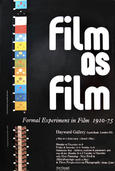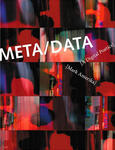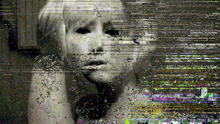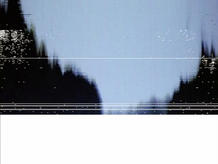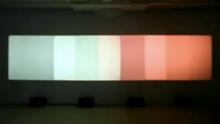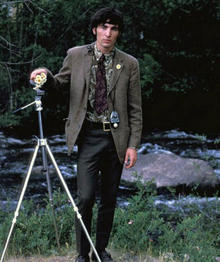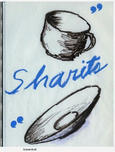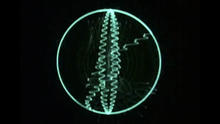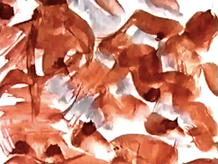Radio Dada
(2008)by Rosa Menkman. The video-images are constructed out of nothing but the image created by feedback. Music by Extraboy.
Rosa Menkman turned a high-end camera on a screen that was showing, in real time, what she was filming, creating a feedback loop. Then she glitched the video by changing its format and subsequently exporting it into animated gifs. Rosa Menkman (minimalistically) edited the video in Quicktime. She sent the file to Extraboy, who composed music for the video.
The composing process started with a hand held world radio. Extraboy scanned through frequencies and experimented with holding the radio in different parts of the room while touching different objects. Eventually he got the radio to oscillate noise in the tempo that he perceived in the video. The added synthesizer sounds were played live to further build on the non-digital sound and rhythm. This was later contrasted with drums which were digitally synthesized and processed through effects with a very digital sound to them. Just like with the video, the digital and analogue media and aesthetics of sound are mixed into one coherent whole.
Source: Rosa Menkman on Vimeo
